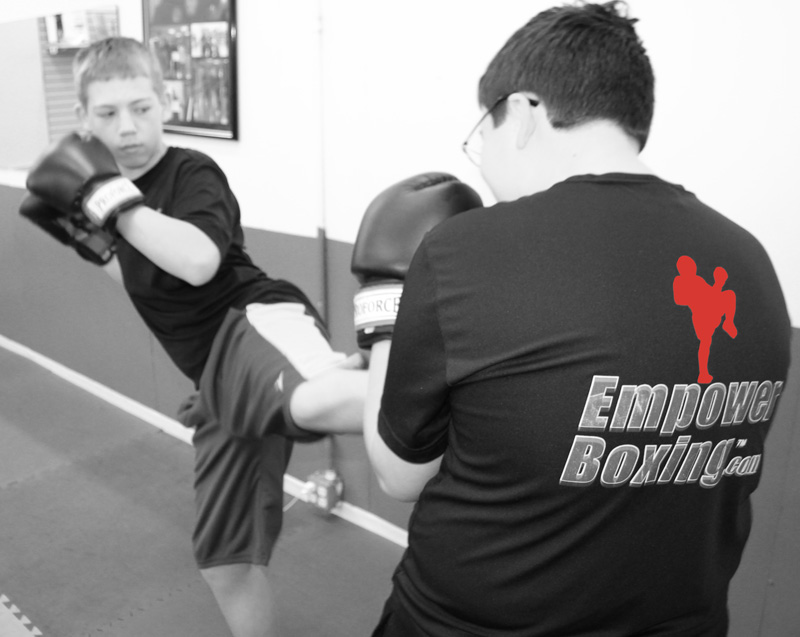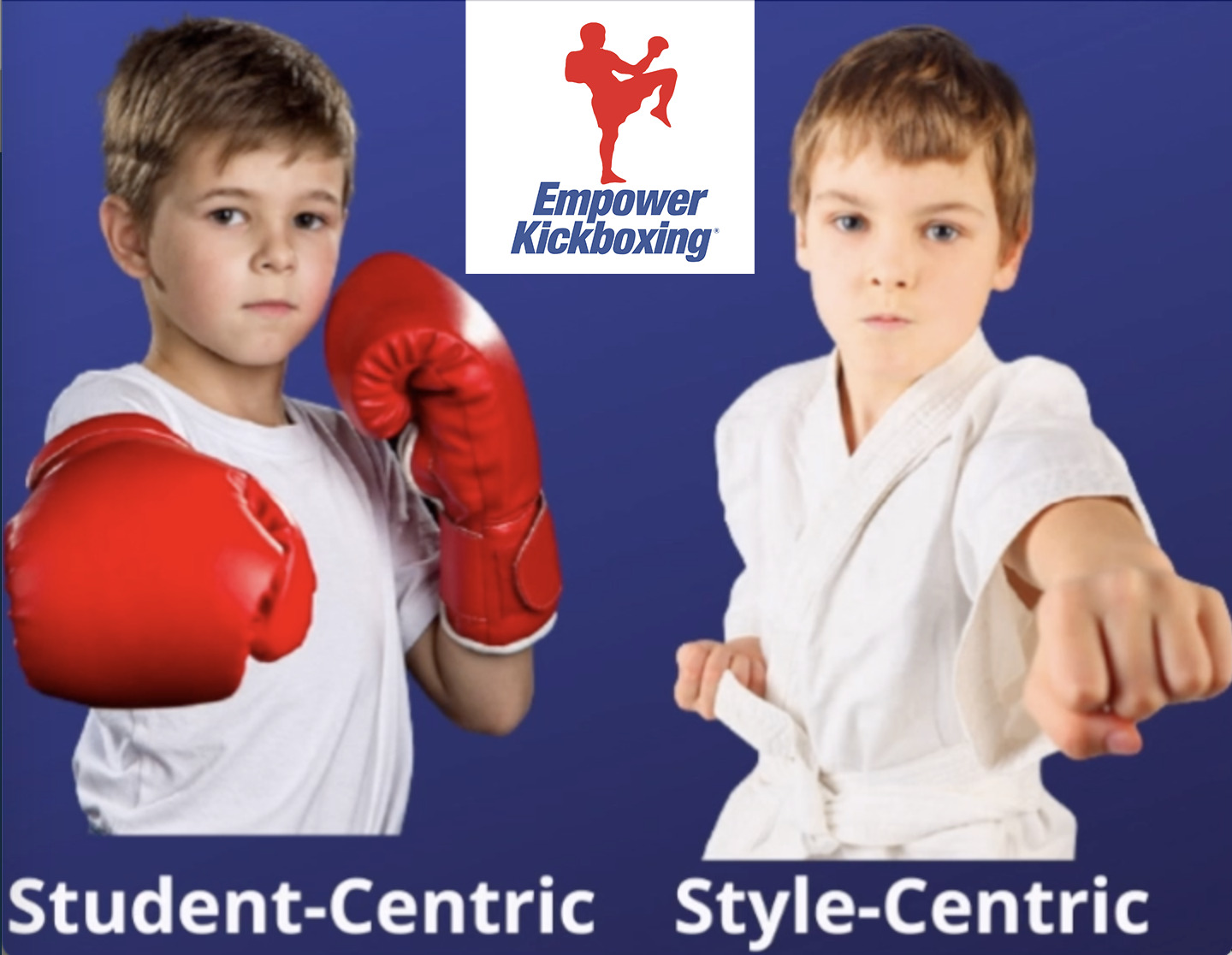A ggod curriculum is designed to lay a solid foundation in both the physical and mental aspects of martial arts.
This initial stage emphasizes not only the execution of movements but also the significance behind each practice, promoting a holistic approach to martial arts education.
Comprehensive Curriculum for Young Martial Artists
1. Fundamental Techniques and Positions
- Attention Position and Bow/Salutation: Instills discipline and respect from the outset.
- Polite Greeting: Teaches essential social skills and respect for others.
- Self-Defense and Sparring Stances: Differentiates between defensive tactics for personal safety and sparring for sport, highlighting the appropriate application of martial arts.
2. Basic Strikes and Blocks
- Strikes: Students learn basic hand techniques—jab, cross, hook, uppercut, and elbows—forming effective combinations for self-defense.
- Kicks: Introduction to fundamental kicks like the knee attack and front kick, focusing on proper form and application.
- Blocks: Simple but effective blocking techniques are taught to instill confidence and a sense of security.
3. Falls and Rolls
- Rolling, Side Break Fall, and Standing from the Ground: These techniques ensure students can protect themselves if they fall, teaching them to safely and confidently return to a standing position.
4. Anger Management and Conflict Resolution
- 10 Count and Cool Down: These techniques are crucial for managing emotions, particularly anger, teaching students to handle tense situations calmly.
- Setting Verbal Boundaries: Students learn to assert themselves verbally, which is essential for personal safety and respectful interactions.
5. Scenario-Based Self-Defense
- Cool Down Scenario: Introduces students to practical applications of their skills in hypothetical self-defense situations, reinforcing the curriculum's focus on real-world applicability.


